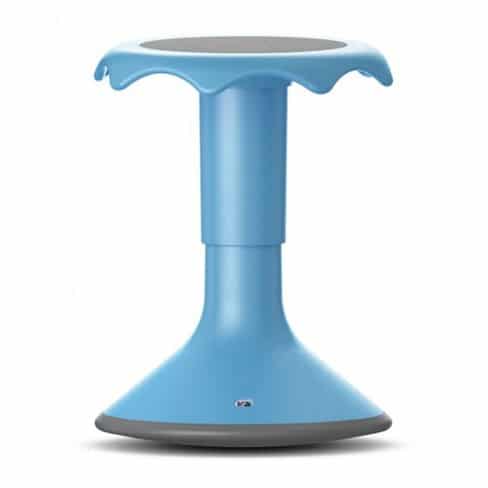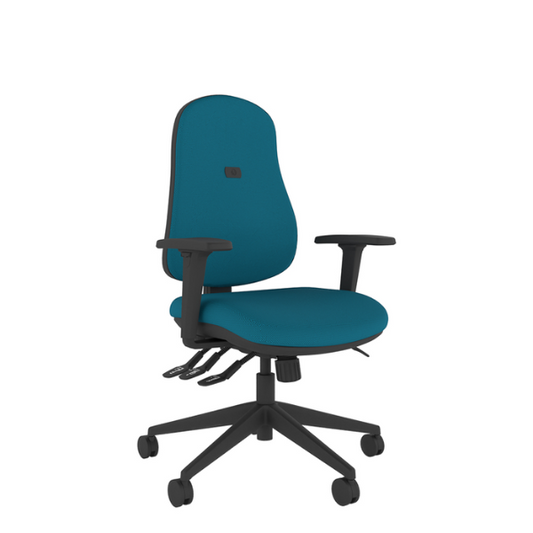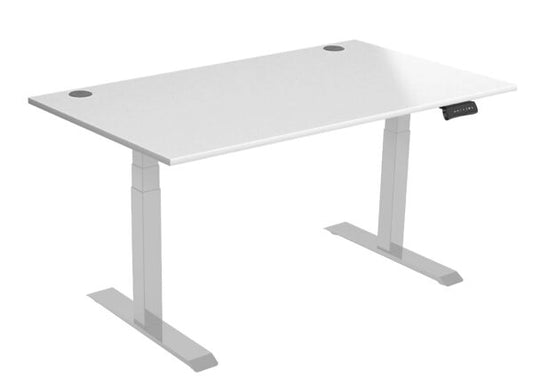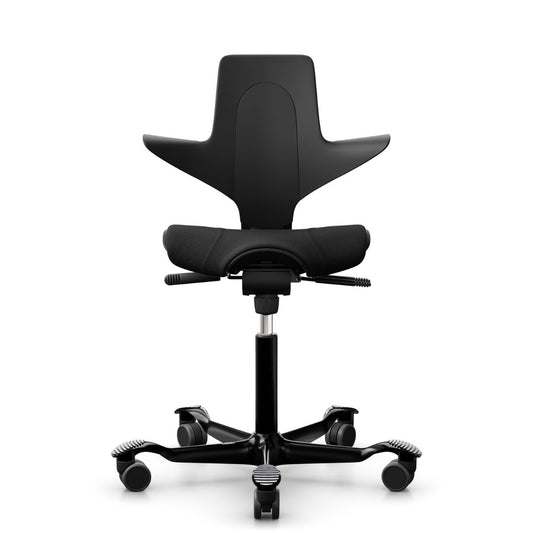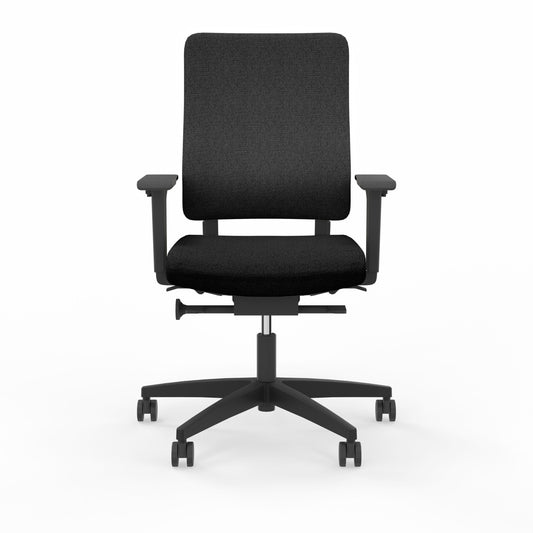Posture and Ergonomic Setup
- DSE Overview
- Workstation Assessments
- Posture and Ergonomic Setup
- Breaks and Work Routines
- Eye Tests and Screen Use
- Training and Employee Information
- Pregnancy and Epilepsy Guidance
Ergonomic Posture Guide for Desk Work
How to sit properly at your screen – at home or in the office
Poor posture is one of the most common causes of pain and fatigue for people working with display screen equipment (DSE). Whether you're at a desktop computer or using a laptop, the way you sit — and how your equipment is positioned — plays a huge role in your comfort and productivity.
Use this guide to check your workstation setup and reduce the risk of back pain, neck strain, and repetitive strain injuries (RSIs). It’s useful for anyone working at a desk regularly, whether at home or in the workplace.
Why Good Posture Matters
When your body is poorly aligned at your desk, the strain builds up over time — often without you realising until discomfort becomes a regular part of your day. Common issues caused by poor posture include:
- Back and neck pain
- Shoulder tension
- Wrist or arm discomfort
- Eye fatigue
- Reduced focus or productivity
The good news? Most of these issues are preventable with just a few adjustments to your setup and habits.
Standard Desk Setup – The Basics
Here’s what good ergonomic posture looks like when using a desktop monitor, keyboard, and mouse:
Screen height: Middle of the screen at or just below eye level — about an arm’s length away
Shoulders: Relaxed — no shrugging
Elbows: Close to the body, bent at 90–100°
Keyboard & mouse: Just below elbow height, close to the body
Back support: Chair supports the lower back — use lumbar support or a cushion if needed
Seat height: Thighs supported evenly, knees just below hip level
Feet: Flat on the floor
Screen alignment: Directly in front of you — no twisting
Mouse: Aligned with your elbow, close to the keyboard
Laptop Setup – What to Watch Out For
Using a laptop for long periods without adjustments can force your body into awkward positions. Here's how to improve things:
- Elevate the screen using a laptop riser or stand
- Use a separate keyboard and mouse so your arms stay in a natural position
- Maintain the same posture principles as a desktop setup — support your back, feet flat, elbows at 90°
- Avoid glare from windows or lighting by adjusting the screen angle and position
Want to improve your laptop setup? Browse ergonomic laptop stands and risers ›
Check Your Posture Now
Here’s a quick self-check you can do right now:
- Are your shoulders relaxed, or are they hunched over?
- Is your monitor too low or far away?
- Do your feet rest flat, or are they dangling?
- Is your back supported?
- Are your arms straining forward to reach your keyboard or mouse?
Even small changes — like raising your screen a few centimetres or adjusting your chair height — can make a noticeable difference.
How We Can Help
Healthy Home & Office offers:
Ergonomic chairs and seating with adjustable features for all body types
Height-adjustable desks for flexible postural support
Workstation assessments to review and improve your setup
A walk-in Guildford showroom to try out products in person
Expert advice tailored to your space and working style
Ready to sit better? Book a DSE assessment › or shop ergonomic seating ›
Make posture a priority — your body will thank you.
Best Sellers
Shop our most popular ergonomic products, trusted by professionals and home users alike. These top-rated chairs, desks, and accessories deliver proven comfort and performance.
-
Hokki +®- Height Adjustable Dynamic Stool
Regular price From £206.40 GBPRegular price -
IT650 Office Chair
Regular price £276.00 GBPRegular price -
R800 - Height Adjustable Desk
Regular price From £376.00 GBPRegular price -
Capisco Puls - Saddle Office Chair
Regular price £524.00 GBPRegular price -
Drumback creation - Climate Neutral Ergonomic Office Chair
Regular price £534.00 GBPRegular price
Subscribe to our emails
Be the first to know about new collections and exclusive offers.

